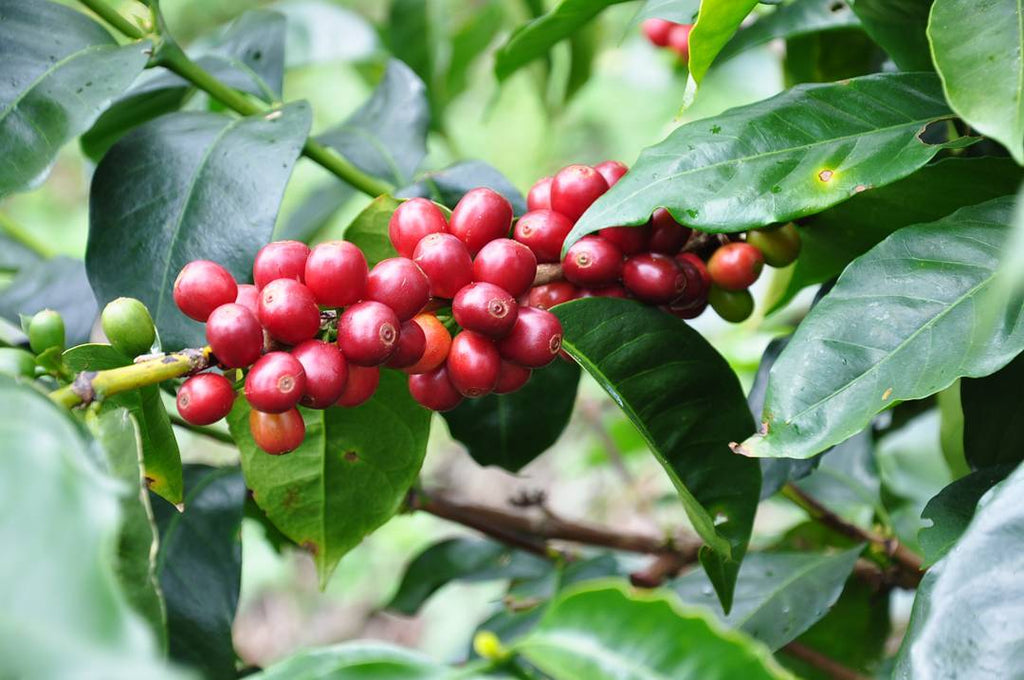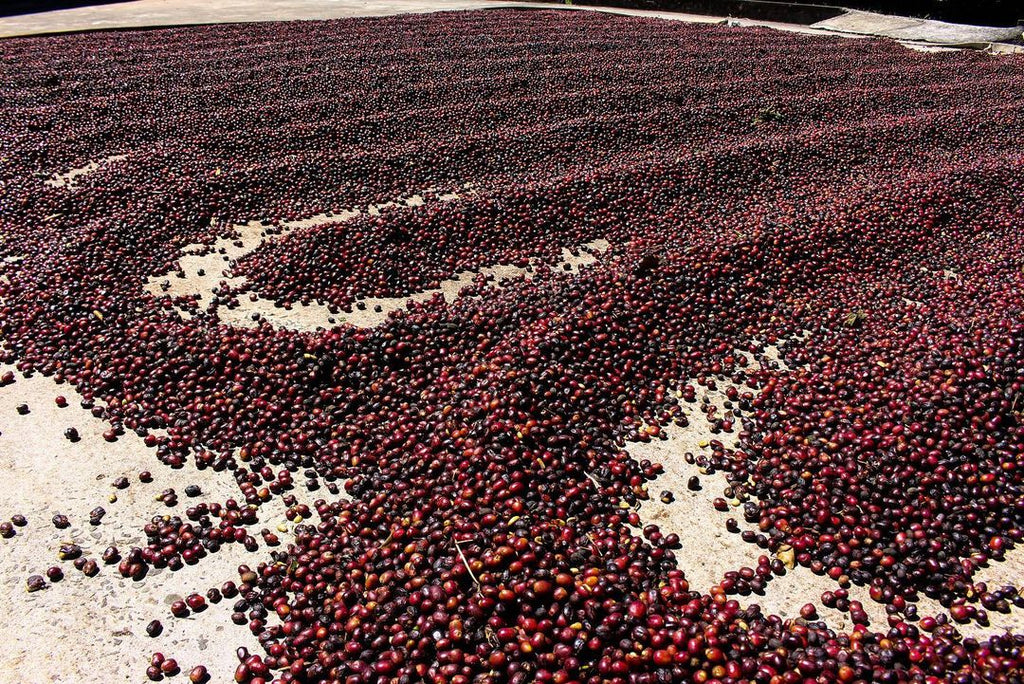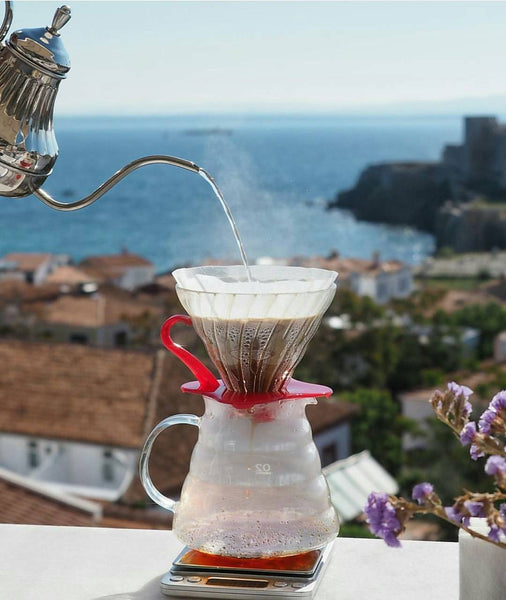The Panama Hacienda La Esmeralda, nestled in the lush coffee-producing region of Boquete, Panama, is renowned for its exquisite Geisha (or Gesha) coffee beans. This estate, not only the discoverer but also the propagator of the Geisha variety, has set the benchmark for quality and taste in the specialty coffee world. Here, we delve into the grade differences of La Esmeralda’s Geisha coffee beans, offering insights into what makes each grade unique and special.

The Origin and Rise of Geisha Coffee
The discovery of the Geisha coffee variety traces back to Ethiopia's Geisha forest in 1931. However, it's important to note, as highlighted by Front Street Coffee, that the Geisha beans from Ethiopia's Geisha Village and those from Panama represent distinct varieties. After their initial discovery, the beans were sent to Kenya's Coffee Research Institute, later introduced to Uganda and Tanzania in 1936, Costa Rica in 1953, and finally Panama in 1970. Initially, the Geisha variety didn't garner much attention until 2003, when Panama's Hacienda La Esmeralda distinguished it from other varieties. This distinction led to its victory in the BOP competition in 2004, marking the official entry of Geisha coffee beans into the global spotlight. In the following years, it was predominantly La Esmeralda that clinched the championship titles, solidifying the reputation of Geisha beans in the coffee world.

The Grade System of La Esmeralda Geisha
La Esmeralda classifies its Geisha coffee beans into three grades: Red Label, Green Label, and Blue Label. Each grade is distinct, differentiated by cupping results, planting altitude, production area, price, coffee bean processing method, and flavor.

Red Label Geisha
Cupping Results: Typically scores above 90 points.
Planting Altitude: Grown at 1600-1800 meters.
Production Area: Sourced primarily from the Jaramillo and Canas Verdes sections of La Esmeralda.
Price: Positioned as the premium offering, Red Label commands the highest price among the three grades.
Processing Method: Includes both sun-dried and washed beans, contributing to a complex flavor profile.
Flavor: Known for bright floral and citrus notes, these beans have a nuanced and layered taste profile, often with a sweet, lingering finish.

Green Label Geisha
Cupping Results: High-quality, though not participating in independent competitions like Red Label.
Planting Altitude: Also grown at altitudes of 1600-1800 meters.
Production Area: A blend from various micro-lots within Jaramillo and Canas Verdes.
Price: More affordable than Red Label, offering a balance of quality and value.
Processing Method: Primarily includes washed beans, yielding a consistently clean and vibrant flavor.
Flavor: Characterized by its classic Geisha floral and citrus notes, it boasts a rich, juicy mouthfeel and a refreshing profile, akin to green tea.

Blue Label Geisha
Cupping Results: Offers a quality experience but at a lower scoring range than the Red and Green Labels.
Planting Altitude: Harvested from slightly lower altitudes of 1400-1500 meters.
Production Area: Beans come from a blend of lots in Jaramillo, Canas Verdes, and El Velo.
Price: The most accessible price point, appealing to a broader audience.
Processing Method: Traditionally washed, with recent additions of sun-dried processes.
Flavor: Exhibits a milder Geisha profile with subtle floral and fruit notes, and a lighter body.
La Esmeralda’s Geisha coffee beans, through these distinct grades, offer a diverse range of flavors and experiences, catering to various preferences and price points. The meticulous cultivation and processing methods at different altitudes result in distinct cupping profiles, making each grade a unique representation of the Geisha variety.

Conclusion
The Geisha coffee beans from La Esmeralda in Panama are a testament to the meticulous care and passion for coffee cultivation. Understanding the differences in grades – Red, Green, and Blue – helps coffee enthusiasts appreciate the nuances and effort behind each cup. Whether it’s the exquisite complexity of the Red Label or the more approachable charm of the Blue Label, La Esmeralda’s Geisha beans offer a luxurious journey through the world of specialty coffee.








